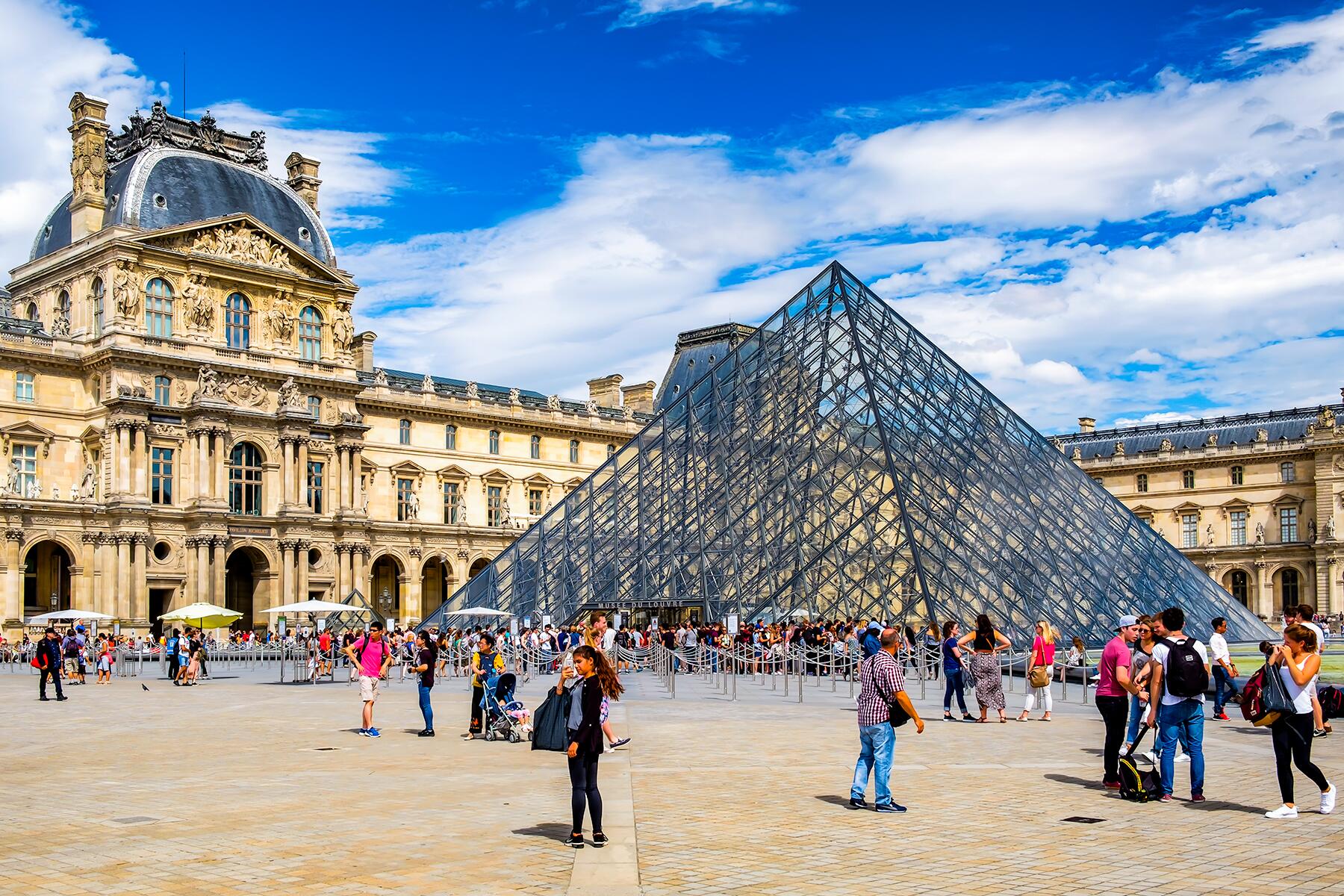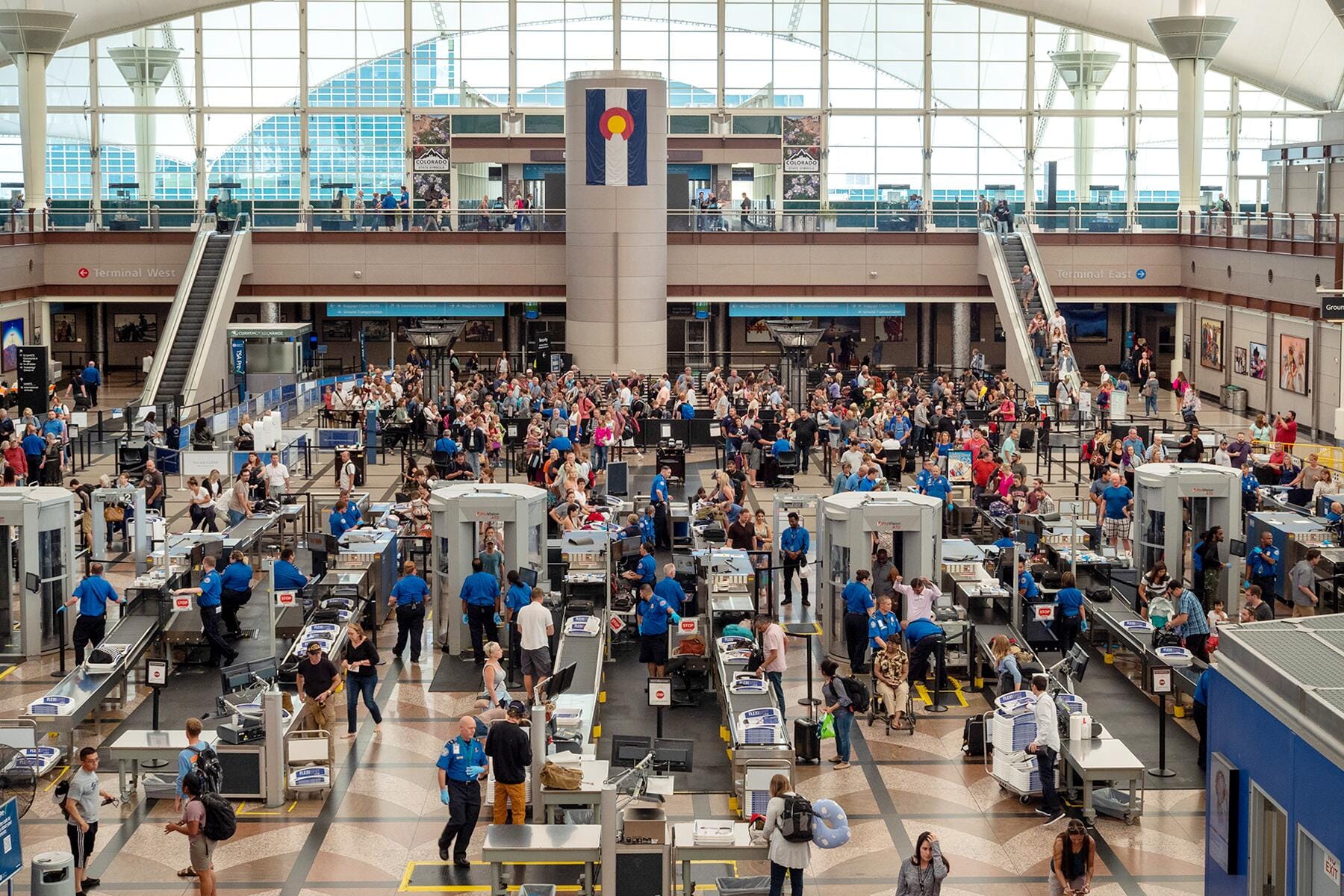The recent strikes are the latest evolution of a wider anti-government sentiment.
This was originally published on January 6, with updates provided on January 15.
If you’ve seen Les Misérables or Marie Antoinette, you know Paris has a long history of revolt and revolution. And if you’ve visited the city in the past year, you’ve probably gotten up close and personal with it. The yellow vest or gilets jaunes protests have been ongoing since the middle of November 2018, and beginning this past December, general strikes following the promise of retirement reform have also plagued the city, making it difficult to get around and nearly impossible to reach certain sights in the French capital. That said, some news media have blown the protests far out of proportion, so here’s the 411 on what’s actually going on in Paris.
Why Strike?
The most recent strikes, which began in early December, follow a proposal by French President Emmanuel Macron to reform the nation’s retirement policy, creating a new universal system that would simplify the more complicated scheme of 42 distinct regimes currently in place. The existing system sees workers in some industries, including transportation and electric, enjoying better benefits than the population at large; these workers have therefore launched the widespread strikes to retain these benefits.
The onslaught of strikes join the ongoing gilets jaunes protests, which began over a year ago due to rising fuel taxes. The gilets jaunes protests have since evolved to encompass wider anti-government feelings, including but not limited to the new reforms proposed by Macron.
Places to Avoid in Paris
Both the gilets jaunes demonstrations and the new strikes are particularly present in Paris on Saturdays when marches leave Gare de Lyon at 1 p.m. and follow the axis along Bastille and République to finish at Gare de l’Est. These protests have led to the shut-down of much of metro line 8 on Saturdays and the closure of certain stations along the axis including Grands-Boulevards and Opéra. In addition to the regular Saturday protests, a widespread protest against the retirement reforms is planned for Thursday, January 16, and a protest against medically assisted pregnancy is planned for Sunday, January 19.
Recommended Fodor’s Video
On protest days, it’s best to avoid the axis connecting Gare de Lyon and Gare de l’Est, as well as major train stations throughout Paris. Specifically for the protest on January 16, the axis between Montparnasse and Place de l’Italie, on the Left Bank, will be heavily affected. Keep an eye on this website to see when and where upcoming protests are planned.
Transport strikes have been perhaps the most perceptible outcome of the ongoing protests for locals, with both the RATP (which operates Paris’ public transportation) and the SNCF (the national rail service) offering limited, heavily disrupted service since December 5. The automatic metro lines—1 and 14—are running as usual, but the disruption of other lines, particularly on the weekends and on announced strike days, means that trains on these lines are much fuller than usual.
Following announcements from Prime Minister Edouard Philippe Sunday regarding the government easing up on some of its proposed reforms, these drastic closures have eased somewhat. Most metro lines are currently running at least between the hours of 6:30am-9:30am and 4:30pm-7:30pm, albeit with fewer trains: one out of every two, three, or four usually in operation. Lines running in this fashion include 3, 4, 5, 6, 7, 9, and 12. The RATP has been pretty good about keeping people informed about line closures online, so keep an eye on this website for more details.
While the RATP has been running more trains during rush hour, some locals have been opting for bike and scooter rentals through apps like Lime or Jump to get to work. While this is certainly a good option for Parisians and visitors alike, the fact that so many people are now using these services means you’re not guaranteed a bike or scooter when you need one. In addition, the influx of new bicyclists to Paris’ roads has led to more bike-related accidents, so bicyclists—and pedestrians—should proceed with caution.
Planned strikes have been announced in other industries as well. Air France held a strike on January 6-7, and the group of professions libérales (including doctors, airline pilots, and some tour guides) have announced a strike for Monday, February 3.
Getting to France
If you’re flying into Paris, chances are the strikes will affect you. Not only are strikes affecting public transport, making it difficult to get to and from the airport, but Air France strikes have made both of Paris’ airports more difficult to navigate, with much longer lines at check-in, passport control, and security. Private buses to and from the airport continue to run, and taxis and Uber are still available, but you would do well to plan to arrive at the airport 2 ½ to 3 hours ahead of your flight and may wish to book transport to and from the airport in advance. Keep an eye on this website to make sure that your flight is departing or arriving as planned.
Getting Around France
Visiting sights outside of Paris has grown more complicated, as many regional and high-speed (TGV) trains are being canceled due to SNCF strikes. Some trains are no longer taking reservations to allow those who have already purchased tickets for canceled trips to take advantage of the few trains that are running.
If you’re able to rent a car (which may prove difficult, as many are resorting to this option), you’ll be able to get out of Paris and visit places like Versailles and Chartres, but be aware that if you venture further afield to other major cities like Marseille, Caen, and Toulouse, you may encounter similar strikes and protests as you would in Paris.
Tips for Painless Sightseeing During the Strikes
1. Walk!
Paris is a very walkable city; it takes about two hours to walk from its northernmost point to its southernmost point, and most sights within the city center are an easy half-hour walk from one another. Good planning, then, means that you can take full advantage of the city without being crammed into over-full metro cars. Use CityMapper or Google Maps to chart out a walking course to your destination, then sightsee as you walk. Not only will you get your steps in, but you’ll be able to take in the beautiful Haussmannien architecture that has made Paris famous.
2. Stay Central
Paris is made up of 20 arrondissements that swirl out from the 1st in the center to the 20th in the northeast, and while each has its draws, most of what visitors to Paris want to see is located in the first 7. Staying in a hotel in the far-flung 14th, 15th, 16th, or 17th might make it more difficult for you to get around during the strikes, so consider booking a slightly pricier hotel in the city center.
3. Plan Ahead
It shouldn’t be too hard to see the sights, monuments, and museums you had in mind…with a little bit of foresight. The city’s museums have remained open during the strikes, but many are operating at reduced hours; this list shows the modified opening hours of most of the city’s museums and monuments.
As for taking advantage of the city’s famed gastronomy, reservations are more important than ever before. Restaurants have been hit hard by the strikes, and some have remained closed for the holiday or are operating with modified opening hours. Call or book online to ensure that they’re opened when you plan to visit; they’ll be very happy to see you.
With a little bit of planning, your Parisian vacation can be just as magical as it would be under normal circumstances!




